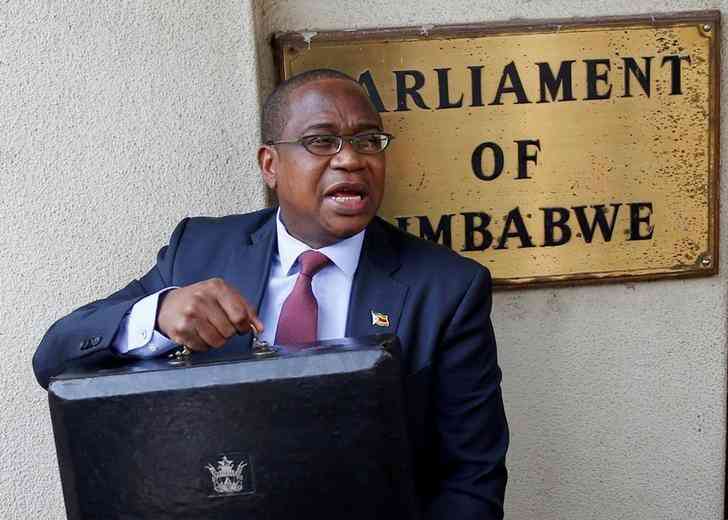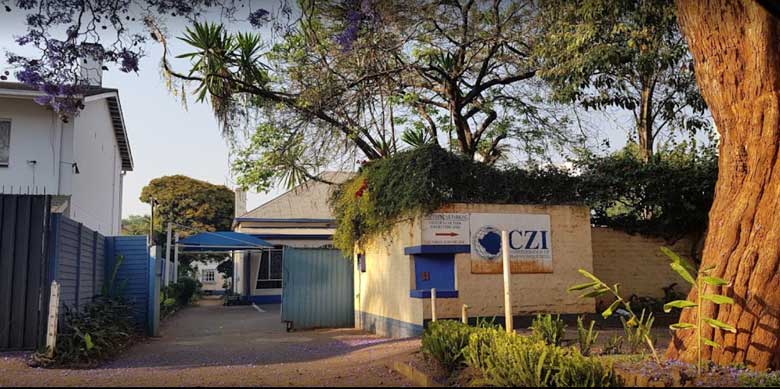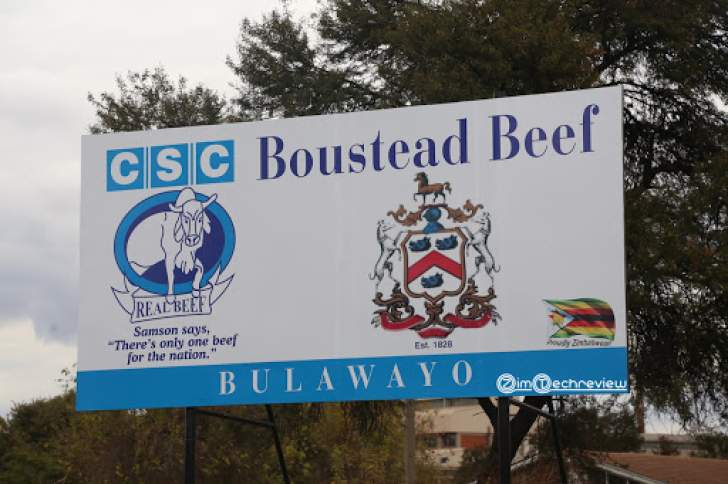
Traditions seem to follow our budget understanding as if it is for the great economists of the world yet it is supposed to be a treasure tracking for the whole populace.
That is by ‘leaving no one and no place behind’ as a mantra spearheading the vision of the Second Republic of Zimbabwe guided by the National development Strategy 1 (NDS1) towards a middle upper income economy by 2030. Of course in the previous discourses, we discovered how daunting this budgeting can be for some of us.
The same seems to continue even with the effort to revamp all sectors of our national economy by the powers that be. Everyone would want to know the increase in their plate as a result of these projections, that is from a household to industry and broadly at national level.
According to the Budget Strategy Paper (BSP) projections, it seems the gross domestic product (GDP) growth rate is to follow an ongoing decreasing trend from 2022 (6,5%) to 2023 (5,3%) and anticipated to further fall in 2024 (5,2%), 2025 (5,0%).
This is not a good sign especially when hope is for the better in terms of improved standards of living. That is the same reason why our legends and contemporary economists have always argued on the oil and water relationship between GDP growth rate and standards of living.
Simple realities on the ground are proving that a favourable GDP does not mean an improvement in the quality of life. As practitioners, we are good at interpreting budget statistics/figures for decision making at our various roundtables, especially the industrialists and national policy makers. But in the same, most are left behind as some qualitative aspects from realities in various constituents are overlooked.
Yet, they should be the leading contributors to the same GDP growth as anticipated for good standards of living by the populace. Truth be told that there are traditional qualitative contradictories in our budget making.
To start with, we have to unpack the cogs contributing to the summative value of GDP. These are consumption, investment, government spending and exports (net of exports and imports) for a given year. These are the ones coming up with growth rate projections as aforementioned. While the same variables are helping in determining the state of the economy at all levels of production some grey areas still need to be addressed.
- 2024 budget strategy paper: Zim’s future looks bleak
- Fiscal overruns haunt Zim
- Qualitative contradictories of Zimbabwe 2024 budget
Keep Reading
Looking at the GDP per capita which can be simplified to be a measurement of a country’s economic output per person, there are some issues to be considered as open cast matters but shrouded with silence in our projections. In the current, evidently, our supposed to be production industries have been replaced by imports. In fact, it has become cheaper to import most of our daily used products at a household level than producing and buying locally.
This is restricting local investment for production and consumption which adds on to a favourable GDP per capita. So, if the local SMEs and other backyard producers are to be given full support (especially by the government and any other) from setting-up stage to operations it will be a good start for the anticipated growth.
The government will indirectly enlarge its source of revenue from various taxes to be collected in the production value addition and consumption brought about by these supported SMEs. Furthermore, it encourages formalisation by these businesses. Additionally, these operators will be able to bring in the much needed foreign currency when they venture/trade into export markets.
This is an ongoing cycle so to speak in the form of a transition mechanism that is enhanced by local production for value addition. However, the state of affairs is worrisome in most instances as our SMEs/backyard producers are short of basic amenities including simple infrastructure for them to operate from, lack accessibility by all mode of transportation and are even taxed higher at some stages where they should be given a relief.
Even with the government effort/support in restructuring our various ports of entry, roads, buildings and so on more needs to be done to fully accommodate our innovative SMEs. For instance, the hope for continued sustainable production has received another blow where erratic electricity supplies have resurfaced within a short period of improvement. Truly, in the past weeks, we have seen improvements in our operations receiving constant power supply.
As if it is not enough, tariffs have just increased against low production. These matters should surely be part of our budgeting and GDP projections as they derail progress towards industrialisation. Even looking at the trending service sector where E-businesses and technological advancement is speeding up processes and transacting with global markets yet the cost of internet is going up.
These are some of the matters that are being overshadowed by figures only to substantiate reports ignoring some qualitative coverts within the economic development iceberg. That is the same reason why non-financial disclosure has become so critical in both private and public financial reporting.
Further referring to the thrust of this discussion, some critical issues also need to take dominance in projections especially with regards to skills development and brain drain. Taking into cognisance the advent of Artificial Intelligence against skilling of our producers across all our sectors of our national economy.
The investment has to go beyond figures to talk to the specific investments being done in this area. Of course at various levels of our educational training institutions Education 5.0 has taken over fostering on teaching and learning that promotes novelty through research, innovation and industrialisation.
Let these be clearly given support through budgets as aspects for sustainable economic growth. There is now need to go beyond prescriptions to specific targeted practices from a fiscus point of view. We need to develop our own Silicon Valley where our talented/skilled youths showcase and transform the globe from here rather than wasting these skills through idleness to become drug abusers. Incentives for such a drive should also be part of this budgeting in order to motivate continued research, innovation and industrialisation.
Lastly, currency reforms and societal confidence of the mode/medium of exchange in use needs clarity as we do budgets. Recently a new digital financial instrument, ZiG, was introduced by the Reserve Bank of Zimbabwe giving assurance that it is backed by gold.
This is a positive development to say but even those at a higher level are still struggling in understanding whether it is a currency or another form of money-supply intervention tool. Let light be shared in this perspective as we do budget projections.
This is important in the sense that as we look forward to these budgets we should be able to position ourselves for personal consumption and investments backed by a currency that will store value now and in the future. Otherwise, the budget will remain the same like any other ignoring the qualitative matters that adds-on in simplifying what the future holds for all economic agents.
*Farai Chigora is a businessman and academic. He is the Head of Management and Entrepreneurship at the Africa University’s College of Business, Peace, Leadership and Governance. His Doctoral Research focused on Business Administration (Destination Marketing and Branding Major, Ukzn, SA). He is into agribusiness and consults for many companies in Zimbabwe and Africa. He writes in his personal capacity and can be contacted for feedback and business at fariechigora@gmail.com, www.fachip.co.zw, WhatsApp mobile: +263772886871.










